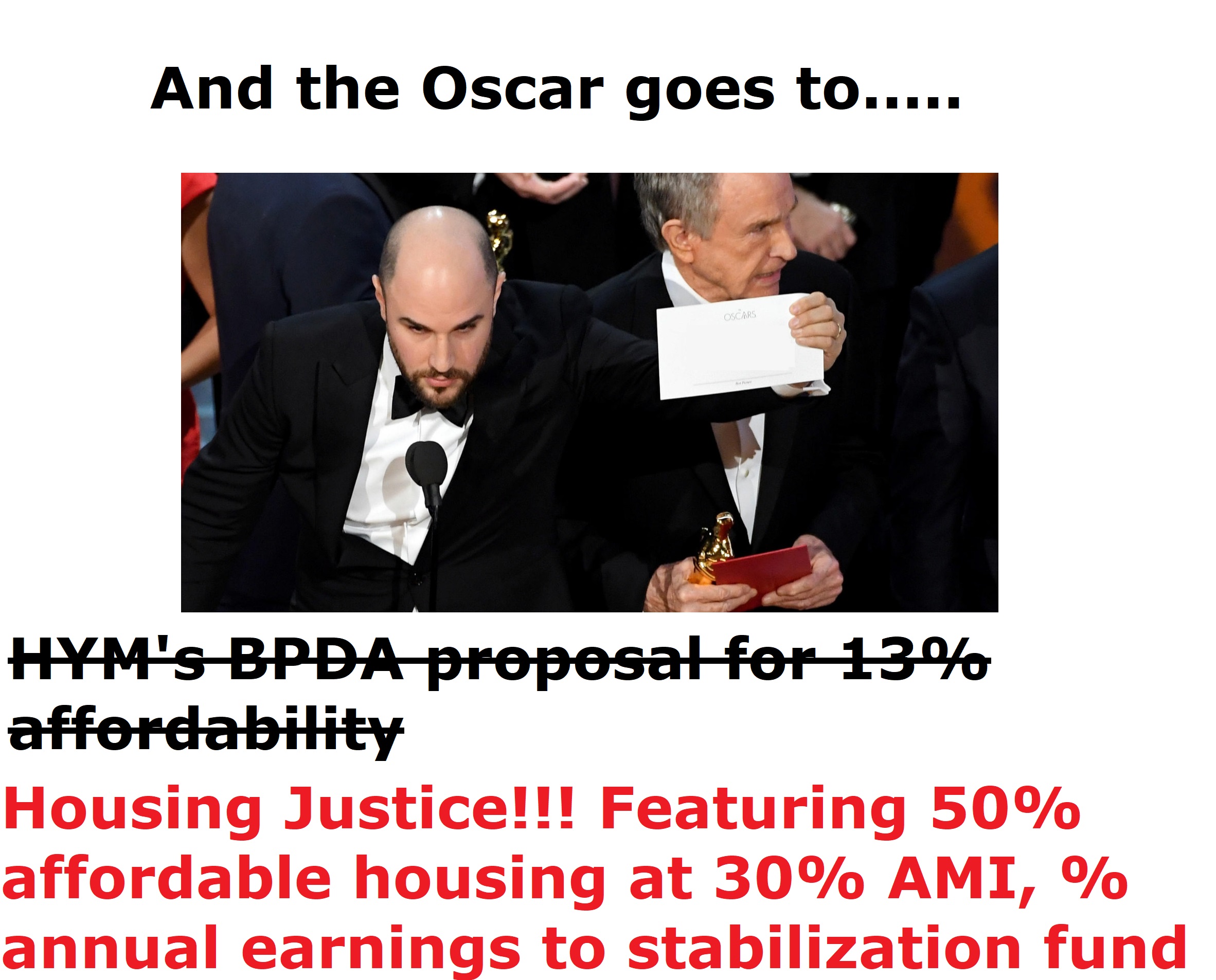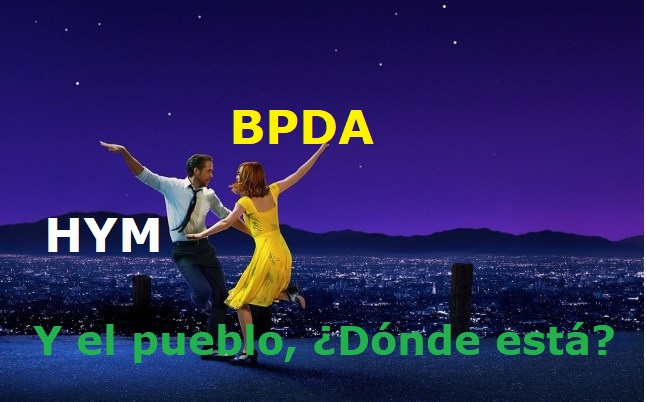LA LA Land, fittingly shown Thursday night at Suffolk Downs’ summer screenings, is an exemplary member of the genre of entertainment praised for its nostalgia. Emma Stone and Ryan Gosling (neither of whom are particularly adept singers or dancers, mind you) sing and dance through a two hour ode to Hollywood; Stone is trying to make it as an actor, and Gosling as a jazz pianist. However, after an admittedly dazzling opening number, the movie becomes quite boring, overly relying on its aesthetic to carry it through.

Why are people so obsessed with the past? In recent years, popular U.S. entertainment acts such as Lana del Rey and films such as Once Upon a Time in Hollywood and LA LA Land have received critical acclaim for their aesthetic, largely based in a nostalgic take on the U.S.A. of the 60s and 70s. These works sparked conversation around the line (if there is one) between ‘harmless’ nostalgia and the white nationalist rhetoric embedded in our currently impeached president’s 2015 campaign slogan.
Essentially, when these entertainment conglomerates produce nostalgic ‘back in my day’ works, it typically only appeals to white people, who more or less enjoy the same freedoms back then as they do now. This same nostalgia manifests in the political right-wing through its appeals to a perceived time before racial justice was a mainstream conversation. Despite the civil rights movement taking place at that time, the lure of nostalgia for many white people contains elements of longing for the days when sexism, racism, homophobia remained unchallenged.
The lure of nostalgia for many white people contains elements of longing for the days when sexism, racism, homophobia remained unchallenged.
In light of the public debate surrounding statues that commemorate slaveholders (another manifestation of glamorizing white history and ignoring oppression), it’s particularly fitting that HYM, owner and developer of Suffolk Downs, would choose this piece for its 2020 summer screening series. Echoing the colonialist legacy of the now beheaded and removed statue of Christopher Colombus in the North End, Gosling’s character views it as his life’s work to save and revive the lost art of jazz, but only to his own narrow definitions of what jazz is. This is troubling–a white person trying to ‘save’ a historically black art form, but only according to his own standards.
HYM perpetuates a similar strand of white supremacy, not only in the summer screens series, but in its overall plans to turn East Boston into a white upper middle class community. Originally, the series only featured films similar to LA LA Land that appeal to that audience– The Goonies, and Field of Dreams in particular. This is also troubling, coming into a primarily working class, immigrant community to show films geared towards a white audience from the 80s. Since their original lineup, they have added a few movies that speaks to East Boston’s diversity, however, the process for those decisions still remains a mystery. Rather, East Boston needs to have a say in how the space is used, especially in light East Boston’s COVID cases trending higher than any Boston neighborhood. Could we instead use it for quarantining? Or, hosting a day of screenings of films directed by, produced by, or featuring local East Boston residents?
On the larger scale, HYM seeks to turn East Boston into a majority white community, a world where LA LA Land is a big hit, and displace the current working class residents. While there have been some minor steps forward, such as the union labor agreement, the current plans to build 87% of units at “market rate” (AKA whatever rate makes them the most money) will end up doubling the population of East Boston and forcing gentrification through property appreciation. It is mindblowing that the Boston Public Development Agency and HYM say that more affordable housing isn’t possible, especially when right across the river, Chelsea’s recently developed Box District boasts half of its units as affordable.
It is clear that the city of Boston is fine with exploiting working class labor, but doesn’t care about keeping these working-class residents in the city by providing housing affordable to low-income workers. This can be seen both in the present and future planning. Many East Boston residents face eviction come October 17th due the current lack of response to the needs of those left without an income; passing the Housing Stability Act would be a good first step. Long term, the BPDA continues to be committed to profit (read: capitalism that prioritizes wealth for white people through historic practices of redlining, mass incarceration, etc) over the wellbeing of its current community residents. Simply hiring a Director of Diversity and Inclusion doesn’t change the racist impacts of its current development policy.

While LA LA Land ends on the bittersweet split of the starring couple, our city’s future can be truly sweet. We believe that we can build a world of shared prosperity and mutual benefit, instead of greedy accumulation by a select few. We believe we can steward our environment for the benefit of future generations, instead of exploitative short-term gains. We believe that we can embody community unity & solidarity, instead of self-interested preservation of our divisions maintained by systemic injustice.
And we want you to join us. Sign our petitions. Come to our marches. Support our demands: a minimum of 20% of affordable units at a truly affordable rate (30% AMI, down from 70% AMI), net carbon zero development, and annual contributions in perpetuity to a stabilization fund for housing and environmental justice.
